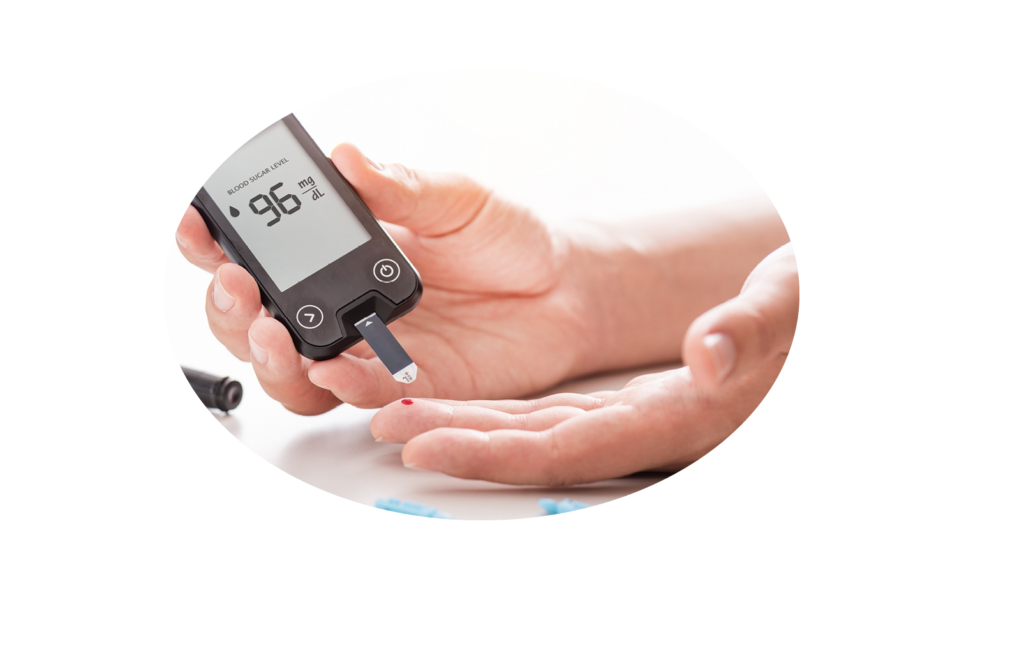Exponential growth in global markets and the need for quality localization
Localization for the life sciences industry is considered a critical component of company success, where precision and clarity of language is vitally important for products and services in the global healthcare marketplace.
For medical devices, accuracy in product documentation is even more essential and as a result, there are countless regulations, updates, and requirements of the highest importance.
Expertise and process are critical in the translation and localization of medical device content. When multilingual tasks are left to someone unqualified, or components are not designed correctly for the region, there will be repercussions.

In this 2-part series, we’ll take a look at what can happen when proper internationalization protocols are not followed for the life sciences industry. In this article, we will discuss why you need experienced and knowledgeable translators for your content.
It’s like skipping a step in the scientific process – you can produce anomalous results that are unable to validate your research!
The Stakes are Higher with Global and Technological Demand
Manufacturers of medical devices can expect steady growth due to aging populations, the increasing prevalence of chronic conditions, and the immense growth that is anticipated from emerging technologies. These factors will create even more demand and further expansion into global markets. “Medtech companies expect the future of health developments to impact their business.”[1] All of these factors increase the need for extreme care and expertise.
A Disaster Can Be as Simple as a Misunderstanding
Translation accuracy is one of the basic requirements for medical devices. But an eye-opening example shows how a simple misunderstanding can be disastrous.
For example, in medical devices mistranslation of device labels and instructions could lead to barriers between medical professionals, patients, and the medical device.2
The ultimate goal of accurate localization is to ensure that patients and healthcare providers can be certain that they are using medical devices correctly.
An example of mistranslation happened in a German hospital when a US-manufactured knee prosthetic had an outer packaging labeled in English, not German.
It appears that the hospital staff misinterpreted the words “non-modular cemented” as “non cemented” and translated it in German as zementfrei (“not requiring cement” or “without cement”). Because of this incorrect medical translation, labels saying “not requiring cement” were added to the boxes of the “non-modular cemented” devices.
Due to the mistranslation, when the hospital tried to translate the instructions the words “not-requiring cement” was translated instead of “requiring cement.” 3
This led to 47 patients suffering from pain after the medical device was incorrectly implanted.
Even if a patient knows English there can be mistakes because there are words that look similar but have completely different meanings, which can confuse and complicate things for a non-native English speaker.
Make Labeling as Clear as Possible
To avoid confusion, avoid industry lingo and jargon on labels and instructions for use (IFU).
Also, write (translate) clearly and concisely, making device labels easy to read and understand at first glance in any language.
One way to enhance the clarity of medical device labeling is to use internationally recognized symbols, such as those outlined by ISO 15223-1:2016. These symbols are easily recognizable across linguistic and cultural boundaries and can be used to convey information such as cautionary notes, manufacturer information, and handling instructions.
When using symbols, it is important to ensure that they are easily visible, readable, permanent, and in compliance with relevant regulations and standards. By including symbols wherever possible, medical device labeling can be made more attention-grabbing and easier to understand, while also reducing the costs associated with translation and quality assurance.

The CE marking is another important way to indicate conformity with EU health, safety, and environmental protection standards. For the initials “CE” to be permanently visible, they must be printed in the standard form and adhere to minimum size requirements of at least 5 millimeters. Failure to follow these regulations can lead to products being rejected or recalled.
Staying up to date with medical device documentation translation requirements is an ongoing challenge, given the rapidly evolving nature of the industry and the varied regulatory frameworks in different regions. As a result, it is advisable to work with an experienced medical translation company that can navigate these complexities and ensure compliance with local regulations.
Clear and concise labeling is essential for the safe and effective use of medical devices and should be a top priority for manufacturers and regulators alike. By prioritizing user comprehension and investing in high-quality translation services, the medical device industry can help ensure that patients worldwide have access to the innovative and life-saving technologies they need.
This is why it’s important to partner with an experienced language service provider who understands the requirements, maintains rigorous quality certifications, and has experienced linguists on hand.
Medical device labeling is a critical component of patient safety. By investing in medical device documentation translation, manufacturers can ensure that their products are compliant with local regulations and accurately convey necessary information for safe use. In our next article, we’ll look at how the medical device industry avoids errors by adhering to international standards for quality management.
1. Medtech leaders prioritize technology and consumers (Deloitte)
